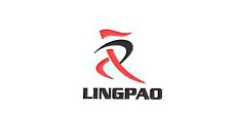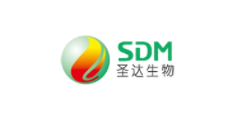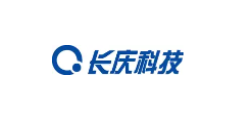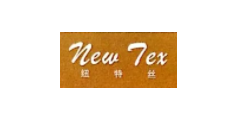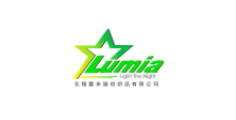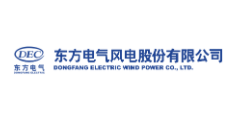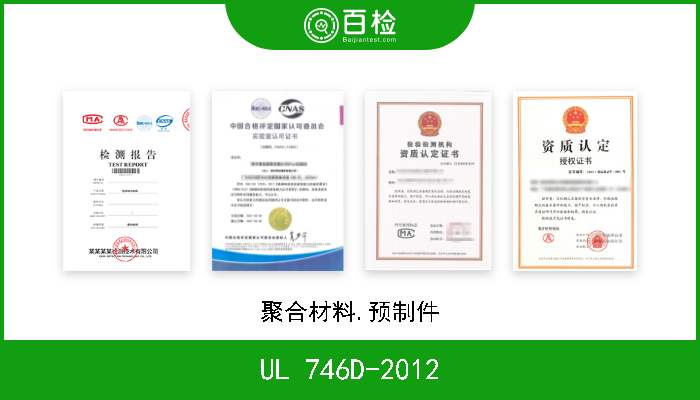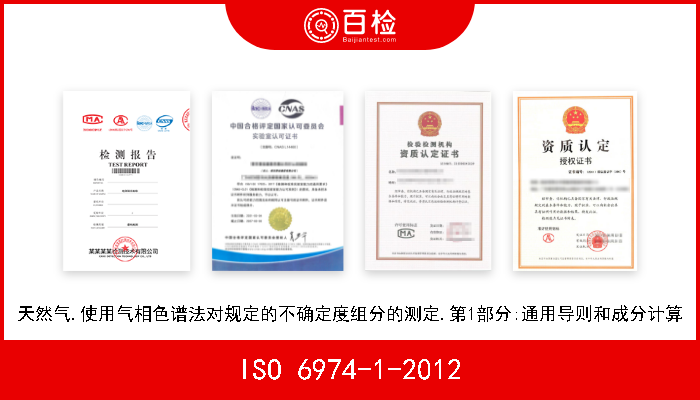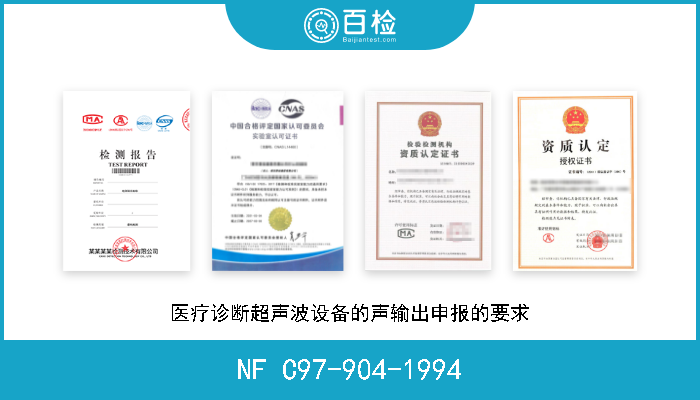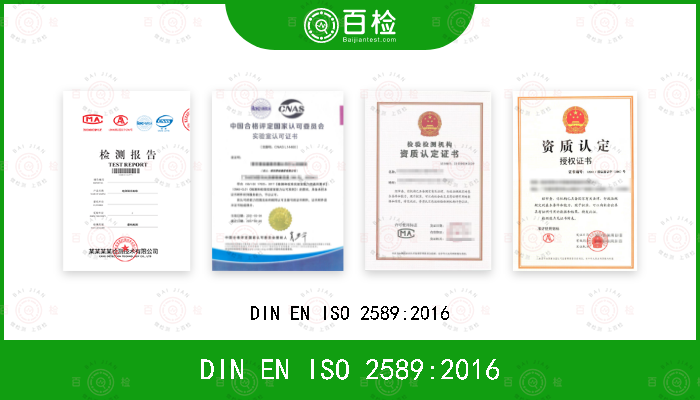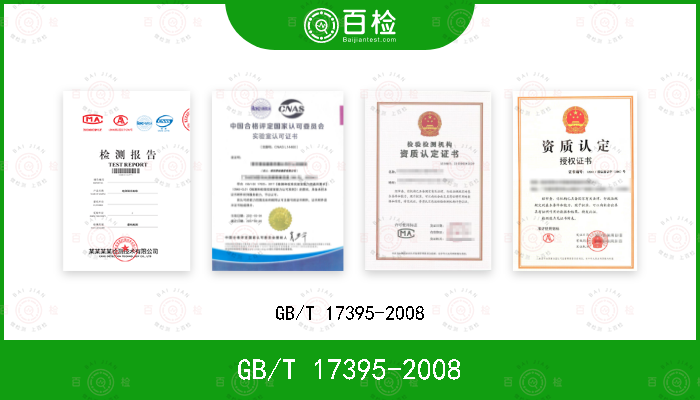DIN EN 820-5-2009 高级工业陶瓷.单片陶瓷热机械性能.第5部分:高温下弹性模量的测定.英文版本DIN EN 820-5-2009-10
百检网 2021-07-20
标准号:DIN EN 820-5-2009
中文标准名称:**工业陶瓷.单片陶瓷热机械性能.第5部分:高温下弹性模量的测定.英文版本DIN EN 820-5-2009-10
英文标准名称:Advanced technical ceramics - Thermomechanical properties of monolithic ceramics - Part 5: Determination of elastic moduli at elevated temperatures; English version of DIN EN 820-5:2009-10
标准类型:Q32
发布日期:1999/12/31 12:00:00
实施日期:1999/12/31 12:00:00
中国标准分类号:Q32
国际标准分类号:81.060.30
引用标准:EN 820-1;EN 843-1-2006;EN 608584-2;EN ISO 7500-1;EN ISO/IEC 17025;ISO 463;ISO 3611;ISO 6906
适用范围:This part of EN 820 describes methods for determining the elastic moduli, specifically Young's modulus,shear modulus and Poisson's ratio, of advanced monolithic technical ceramics at temperatures aboveroom temperature. The standard prescribes three alternative methods for determining some or all ofthese three parameters:A the determination of Young's modulus by static flexure of a thin beam in three- or four-point bending.B the determination of Young's modulus by forced longitudinal resonance, or Young's modulus, shear modulus and Poisson's ratio by forced flexural and torsional resonance, of a thin beam.C the determination of Young's modulus from the fundamental natural frequency of a struck bar (impulse excitation method).This part of EN 820 extends the above-defined room-temperature methods described in EN 843-2 toelevated temperatures. All the test methods assume the use of homogeneous test pieces of linear elasticmaterials. The test assumes that the test piece has isotropic elastic properties. At high porosity levels allof the methods can become inappropriate. The maximum grain size (see EN 623-3), excludingdeliberately added whiskers, should be less than 10 % of the minimum dimension of the test piece.NOTE 1 Method C in EN 843-2 based on ultrasonic time of flight measurement has not been incorporated intothis part of EN 820 Although the method is feasible to apply, it is specialised, and outside the capabilities of mostlaboratories There are also severe restrictions on test piece geometries and methods of achieving pulsetransmission. For these reasons this method has not been included in EN 820-5.NOTE 2 The upper temperature limit for this test depends on the properties of the test pieces, and can belimited by softening within the timescale of the test. In addition, for method A there can be limits defined by thechoice of test jig construction materials.NOTE 3 Methods B and C may not be appropriate for materials with significant levels of porosity (i.e. > 15 %)which cause damping and an inability to detect resonances or natural frequencies, respectively.NOTE 4 This method does not provide for the effects of thermal expansion, i.e. the measurements are basedon room temperature dimensions. Depending upon the use to which the data are put. it can be necessary tomake a further correction by multiplying each dimensional factor in the relevant equations by a factor (1 + α- ΔT)where α is the mean linear expansion coefficient over the temperature interval ΔT from room temperature.
中文标准名称:**工业陶瓷.单片陶瓷热机械性能.第5部分:高温下弹性模量的测定.英文版本DIN EN 820-5-2009-10
英文标准名称:Advanced technical ceramics - Thermomechanical properties of monolithic ceramics - Part 5: Determination of elastic moduli at elevated temperatures; English version of DIN EN 820-5:2009-10
标准类型:Q32
发布日期:1999/12/31 12:00:00
实施日期:1999/12/31 12:00:00
中国标准分类号:Q32
国际标准分类号:81.060.30
引用标准:EN 820-1;EN 843-1-2006;EN 608584-2;EN ISO 7500-1;EN ISO/IEC 17025;ISO 463;ISO 3611;ISO 6906
适用范围:This part of EN 820 describes methods for determining the elastic moduli, specifically Young's modulus,shear modulus and Poisson's ratio, of advanced monolithic technical ceramics at temperatures aboveroom temperature. The standard prescribes three alternative methods for determining some or all ofthese three parameters:A the determination of Young's modulus by static flexure of a thin beam in three- or four-point bending.B the determination of Young's modulus by forced longitudinal resonance, or Young's modulus, shear modulus and Poisson's ratio by forced flexural and torsional resonance, of a thin beam.C the determination of Young's modulus from the fundamental natural frequency of a struck bar (impulse excitation method).This part of EN 820 extends the above-defined room-temperature methods described in EN 843-2 toelevated temperatures. All the test methods assume the use of homogeneous test pieces of linear elasticmaterials. The test assumes that the test piece has isotropic elastic properties. At high porosity levels allof the methods can become inappropriate. The maximum grain size (see EN 623-3), excludingdeliberately added whiskers, should be less than 10 % of the minimum dimension of the test piece.NOTE 1 Method C in EN 843-2 based on ultrasonic time of flight measurement has not been incorporated intothis part of EN 820 Although the method is feasible to apply, it is specialised, and outside the capabilities of mostlaboratories There are also severe restrictions on test piece geometries and methods of achieving pulsetransmission. For these reasons this method has not been included in EN 820-5.NOTE 2 The upper temperature limit for this test depends on the properties of the test pieces, and can belimited by softening within the timescale of the test. In addition, for method A there can be limits defined by thechoice of test jig construction materials.NOTE 3 Methods B and C may not be appropriate for materials with significant levels of porosity (i.e. > 15 %)which cause damping and an inability to detect resonances or natural frequencies, respectively.NOTE 4 This method does not provide for the effects of thermal expansion, i.e. the measurements are basedon room temperature dimensions. Depending upon the use to which the data are put. it can be necessary tomake a further correction by multiplying each dimensional factor in the relevant equations by a factor (1 + α- ΔT)where α is the mean linear expansion coefficient over the temperature interval ΔT from room temperature.
百检能给您带来哪些改变?
1、检测行业全覆盖,满足不同的检测;
2、实验室全覆盖,就近分配本地化检测;
3、工程师一对一服务,让检测更精准;
4、免费初检,初检不收取检测费用;
5、自助下单 快递免费上门取样;
6、周期短,费用低,服务周到;
7、拥有CMA、CNAS、CAL等权威资质;
8、检测报告权威有效、中国通用;
客户案例展示
版权与免责声明
①本网注名来源于“互联网”的所有作品,版权归原作者或者来源机构所有,如果有涉及作品内容、版权等问题,请在作品发表之日起一个月内与本网联系,联系邮箱service@baijiantest.com,否则视为默认百检网有权进行转载。
②本网注名来源于“百检网”的所有作品,版权归百检网所有,未经本网授权不得转载、摘编或利用其它方式使用。想要转载本网作品,请联系:service@baijiantest.com。已获本网授权的作品,应在授权范围内使用,并注明"来源:百检网"。违者本网将追究相关法律责任。
③本网所载作品仅代表作者独立观点,不代表百检立场,用户需作出独立判断,如有异议或投诉,请联系service@baijiantest.com
最新资讯

